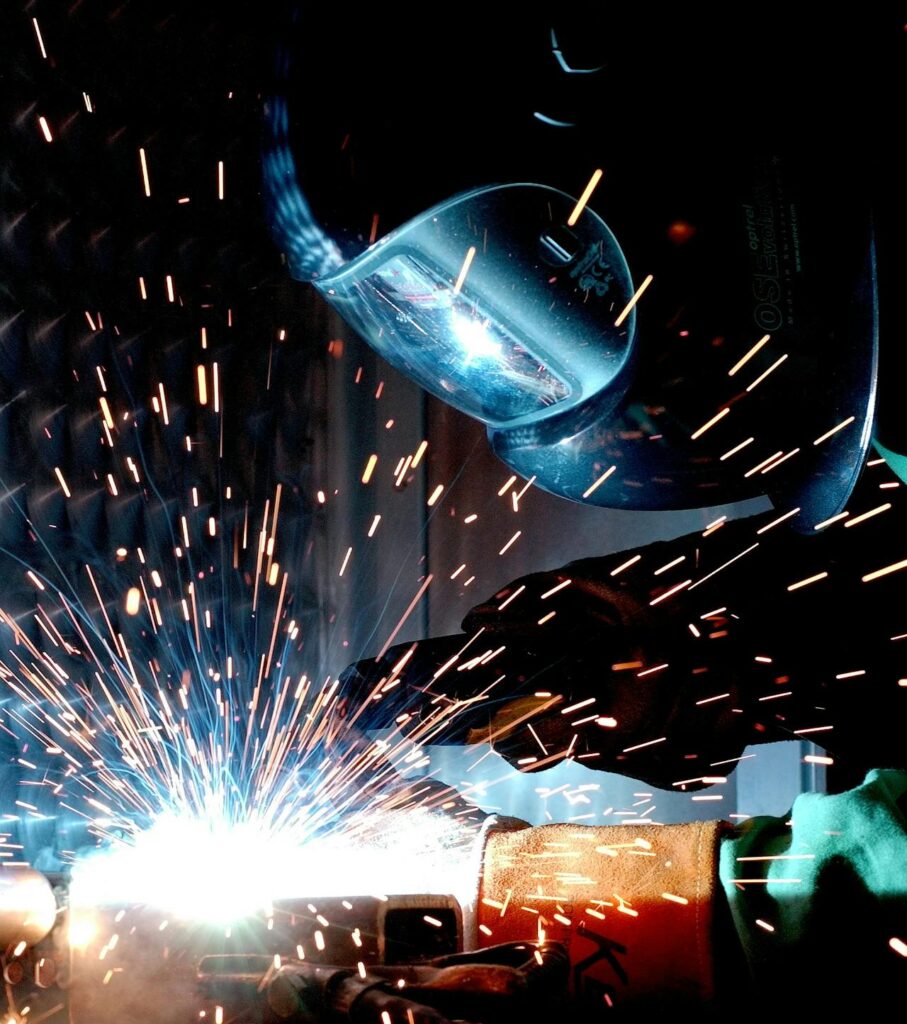In industrial automation and machinery, companies never stop looking for precision, efficiency, and reliability. They always try to boost their operations, cut downtime, and grow. Linear guides, a key part often overlooked, help machinery parts move. This has a big impact on how well equipment works and how long it lasts. This article looks at why it’s smart to invest in top-notch linear guides. We’ll explore their perks where they’re used, and what to think about when picking the right guide for your needs.
Making Things More Precise and Accurate
Linear guides are built to enable the exact linear motion of machine parts. This exactness is key in uses where even tiny shifts can cause big mistakes. Fields like aerospace medical devices and chip making depend a lot on the accuracy that linear guides provide. By cutting down friction and ensuring smooth movement, top-notch linear bearings help keep the manufacturing process on track, which leads to better products and less waste.
Boosting Output and Getting More Done
Productivity plays a crucial role in driving growth across all sectors. Linear guides boost productivity by allowing machine components to move more quickly. This boost in speed and reliability leads to higher output, as machines can run at their best speeds with fewer stops. Also, top-notch linear guides cut down on friction and wear, which means less upkeep and less time offline, further increasing output.
Applications of Linear Guides
Industrial Automation
Linear guides play a crucial role in industrial automation. Manufacturers use them in many machines, like robotic arms, CNC equipment, and automated assembly lines. These systems need to move parts and to work. Linear guides help robotic arms get into the right spot, CNC machines cut, and assembly lines run without problems.
Medical Devices
The medical industry needs top-notch precision and reliability. Linear guides play a key role in medical imaging gear, surgical robots, and lab automation systems. Take MRI machines, for example. Linear guides help imaging parts move, leading to clear and exact images. Surgical robots allow precise moves, boosting the surgeon’s skill to do tricky operations.
Semiconductor Manufacturing
Semiconductor making is another area where linear guides matter a lot. Making semiconductors involves complex steps that need exact positioning and movement. Linear guides are part of wafer handling systems, lithography machines, and inspection tools. Their smooth and accurate motion is key to meeting the high standards needed in semiconductor production.
Maintenance and Longevity
Buying linear guides that need little upkeep and last a long time plays a key role in steady growth. Top-notch linear guides cut down on friction and wear. This means they work longer and don’t need to be swapped out as often. As a result, you spend less on fixes and face fewer shutdowns. Your operations keep running, and you stay productive.
Conclusion
Linear guides form a key part in many industries. They deliver the accuracy, output, and dependability needed for steady growth. When you pick linear guides, you should think about how much they can carry, what conditions they’ll face, and how much care they’ll need. This helps make sure they work their best. Putting money into high-grade linear guides is a smart move. It can lead to gear that keeps working well for a long time, helping you succeed in all sorts of industrial jobs.

